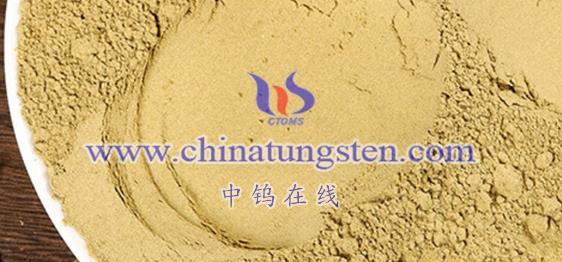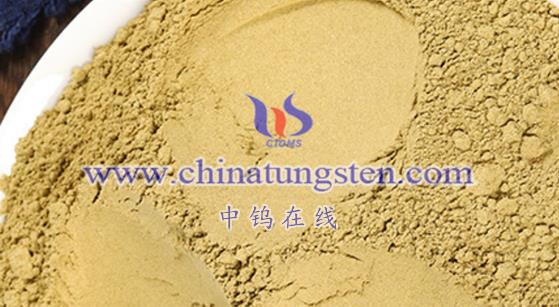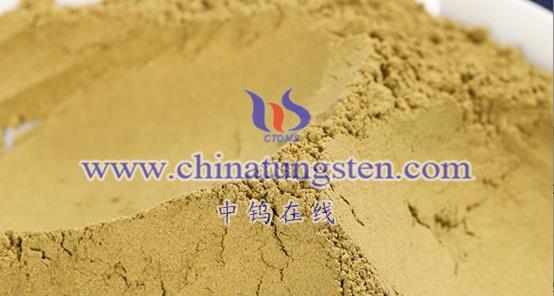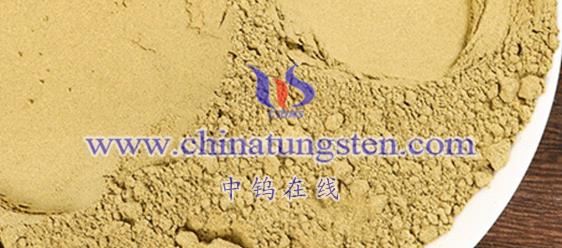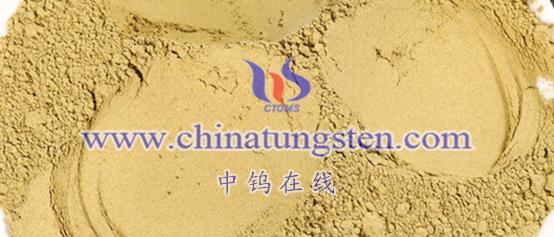
Amorphous tungsten oxide (a-WO₃) exhibits color-changing properties that are primarily attributed to its optoelectronic characteristics and internal structural changes. Below is a detailed explanation of the color-changing mechanism:
- Optoelectronic Properties
- The color-changing characteristic of a-WO₃ is primarily driven by its optoelectronic properties. When a-WO₃ is exposed to ultraviolet (UV) or visible light, the electronic energy levels within the material undergo transitions. This excitation leads to the filling of intrinsic oxygen vacancies, causing a change in the material’s refractive index.
- Resulting Color Change: The alteration in refractive index results in the appearance of different colors in a-WO₃. This photochromic effect makes a-WO₃ suitable for applications in smart windows and smart glass, enabling features like intelligent light regulation and thermal insulation.
- Structural Changes
- Besides the optoelectronic properties, the color change in a-WO₃ is also linked to changes in its internal structure. During the photochromic process, electron transitions occur, such as the transition of electrons from O(2−) to W(6+) and charge migration between W(5+) and W(6+).
- Microstructural Adjustments: This charge migration leads to microstructural adjustments within the material, contributing to the observed color changes. Research has indicated that the formation of tungsten bronze compounds from decatungstic acid under sunlight or UV exposure may also play a role in the color change of a-WO₃ films.
- Electrochromic Properties
- While the inquiry primarily focuses on photocolorimetric mechanisms, it’s essential to mention that a-WO₃ also exhibits electrochromic properties. Under the influence of an electric field, a-WO₃ can undergo color changes.
- Mechanism of Electrochromism: This electrochromic effect is often associated with the injection and extraction of ions (like H⁺ or Li⁺) and electrons within the material. For instance, when smaller ions and electrons are simultaneously injected from both sides of the film under an electric field, it induces a reduction reaction in WO₃, resulting in a colored state (e.g., blue). Reversing the electric field causes the color to revert to its original state (decolorized).
Summary
The color-changing mechanism of amorphous tungsten oxide is influenced by its optoelectronic properties and internal structural changes. In photocolorimetric processes, electron level transitions and charge migration are crucial; in electrochromic processes, the injection and extraction of ions and electrons play significant roles. These unique characteristics enable a-WO₃ to have extensive applications in smart materials and optical displays.
More details of tungsten oxide product, please visit website: tungsten-oxide.com
Please contact CHINATUNGSTEN for inquiry and order of tungsten oxide:
Email: sales@chinatungsten.com
Tel.: 86 592 5129595

